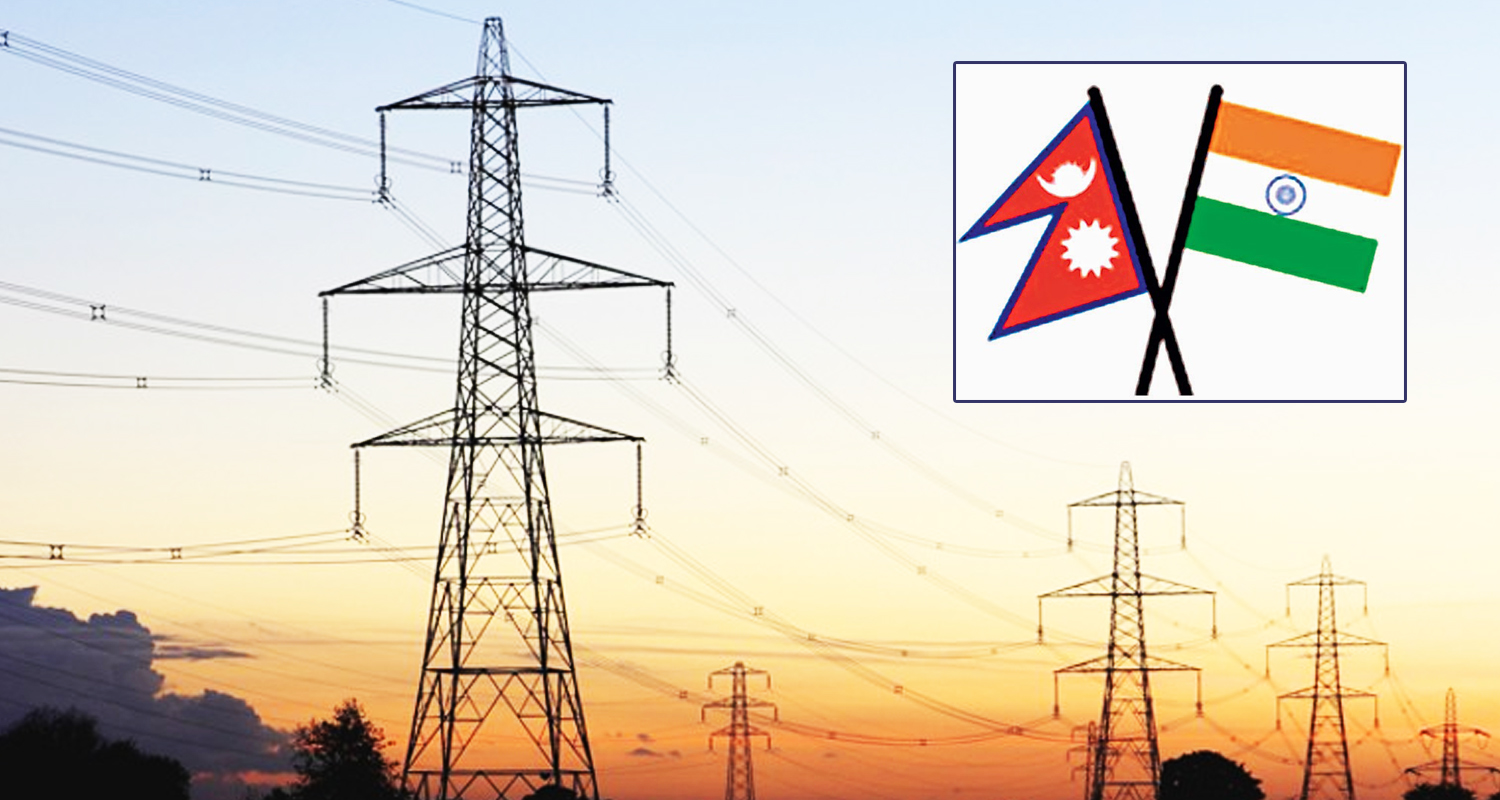
Kathmandu: India turns flexible in allowing the neighboring countries for cross-border electricity trade, with the country allowing the exporters to sell their product by 'booking' just one hour in advance.
As of now, India has opened the day-ahead (DAM) market for exporting countries. Under the provision, the exporting countries like Nepal were permitted to sell their products in the Indian market only if they made the booking at least one day prior to the actual date of selling their products. In the rule, electricity exporting country were needed to offer to buy or sell electricity by 10 am of the previous day

With India enforcing “Real Time Market’ (RTM) policy, Nepal will also be facilitated to take the benefit. In the revised rule on ‘Cross-border Electricity Import and Export Guideline,’ the exporting country can sell their products through real time bidding instead of day-ahead.
India implemented the new system within the country on June 1, 2020. It took the country over three years to open such a provision for neighboring countries. It indicates that India is slowly becoming flexible considering electricity produced by its neighboring countries like Nepal a strategic commodity rather than a commercial good. In the new context, countries that have signed a Power Trade Agreement (PPA) with India can now enjoy benefits of both the DAM and RTM markets.

Although India has opened its neighboring countries for entry into RTM, the exporting countries are still facing a number of hassles. A good example of this is that India has not yet accepted the proposal made by Nepal for the sale of 671.11 megawatts of electricity from 10 hydropower projects. So far, Nepal has received permission to sell only 452 MW of electricity in the Indian market.
Nepal Electricity Authority started exporting electricity to India's Indian Energy Exchange (IEX) from June 2, 2079. Earlier, the authority had to report the limit of the quota given to export at 10 am. "Since Monday, with the first amendment to the international electricity trade procedure, it has paved the way for the neighboring countries to buy and sell electricity in the day-ahead as well as real-time market," said an official of the authority. “There has been no change in the system for obtaining permission to sell electricity, but now we can sell it even if we inform one-and-a-half hours in advance.''
The NEA source, since the tariff rate of RTM is a bit cheaper than that of DAM, Nepal can benefit more from it during winter. According to the new rule, Indian authorities will consider up to 48 bids a day. “Therefore, if more electricity is produced in Nepal within one to two hours, it can be exported there accordingly,” the source said.